Lake of the Woods Musky Fishing
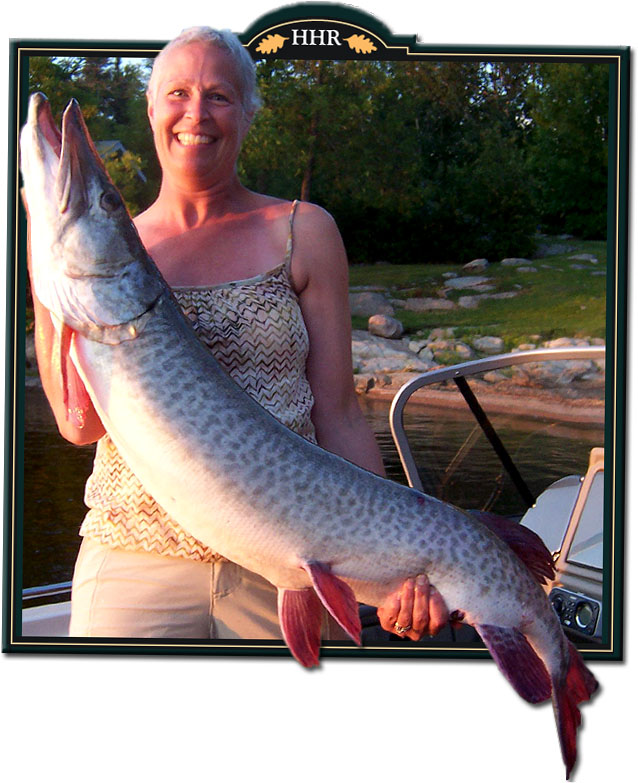 In the late 1800s stories started emerging in newspapers of a ferocious fish the aboriginal Ojibwa people called the Maashkinoozhe. Because the word was so hard to pronounce they soon became known as Muskellunge and then Musky or Muskie for short. People from all walks of life that were obsessed with sports-fishing flocked to Lake of the Woods to catch one of these monsters. By the 1920s Lake of the Woods was established as the top Musky fishing destination in the world.
In the late 1800s stories started emerging in newspapers of a ferocious fish the aboriginal Ojibwa people called the Maashkinoozhe. Because the word was so hard to pronounce they soon became known as Muskellunge and then Musky or Muskie for short. People from all walks of life that were obsessed with sports-fishing flocked to Lake of the Woods to catch one of these monsters. By the 1920s Lake of the Woods was established as the top Musky fishing destination in the world.
In the 1920s there were very few regulations protecting the Musky. They were considered an inexhaustible and expendable resource with no food value. Fisherpersons would catch twenty or thirty Musky in a day. The fish would be displayed on long stingers just for the photo opportunity and then discarded as they were not known as a great fish for eating.
With greater accessibility and the increasing wide-spread ownership of cars, Lake of the Woods quickly became a huge tourism region. People from all over the world could come enjoy the Muskie fishing in this region. This horrific exploitation of the Musky grew exponentially and many people feel they could have been exterminated if it was not for the great depression when visitors to Lake of the Woods dwindled down to lower levels.
After WWII Lake of the Woods' popularity exploded again and it was very obvious that not only was the population of Musky declining rapidly, larger trophy fish were becoming extremely rare. The first real fishing regulations were introduced in the 1940s after the war, and over time, the regulations have become more and more strict, which has proven to be a great success. Today Lake of the Woods is back to being the #1 Musky fishing destination in North America, of both USA and Canada.
Harris Hill Resort is located in the south-eastern region of Lake of the Woods, which has proven to be the best kept secret for not only good numbers of Musky, but huge trophy Muskie as well. We are in close proximity to many islands and structure, but at the same time to the southwest our resort is in close proximity to the open part of Lake of the Woods, where the biggest Musky enjoy their breathing room before heading towards the shore and structure to hunt down their prey. Close to camp we have weedy back-bays opening up to the larger part of the lake. There are fields of wild rice on sand bars where the water is deep enough to give the Musky cover. There are lines of Bulrushes and Lily Pads along drop-offs into deeper water. You have rocky points leading into bays as well as shoals and sunken reefs. Fisherpersons also enjoy long weed-lines, which are perfect for trolling and are very productive. There are also sunken weedy plateaus far from shore that produce some of the biggest Musky.
Because we are in the southern region of Lake of the Woods and the prevailing wind is blowing surface water onto our shores; there are higher levels of organic nutrients in the water thus producing a more diverse and healthy food chain giving the Musky lots to eat. This enables them to grow faster and larger than other regions.
75% of Musky you catch will be in the 35" to 47" range. These are super-fun fish to catch and are available in good numbers. If you specifically target Musky and have experience fishing for them you should catch a couple or more per day. Repeat guests that know the hot spots can catch many more. We have had guests catch five to eight or more Muskie in a day.

Musky are most often caught with specialized Musky Lures and using the "figure 8" technique. Muskie are often caught close by, around Snake Island & off the sand just on the other side of our Bay. Most of our bigger Muskie's have been caught around Gooseneck Island and Bigsby Island.
Even though all Musky are hard fighting and fun to catch, most dedicated Musky hunters are looking for a big one. Lake of the Woods is a big lake and big lakes produce big fish. Each year we have many guests catching and releasing Musky in the 44" to 52" range. That is still not good enough for die-hard trophy hunters. Although Ontario Master Angler Award recognizes the efforts of fishermen catching Muskie 36" and over, the wish of Musky fishing is to catch a fish 54" or larger. There are a surprising amount of guests that do catch these grander Musky. Each year the availability of Musky over 50" is becoming greater and we are starting to see fish in the 50"+ range becoming more common. So far the largest Musky caught by one of our guests was 55". There was a 61" Musky caught in our region. The growing availability of trophy Musky can be contributed to strict regulations combined with the catch-&-release conservation attitude exhibited by most Musky fisherpersons. Lake of the Woods is a massive lake and is fully capable of producing the next world record.
Musky Baits & Points to Ponder
All experienced Musky hunters have their own ways of fishing for Musky, which they enjoy and find success with. If you are new to Musky then it would be advantageous to read some of the points below.
1) Musky are mainly caught with casting. Casting into Sandy shores with weeds along them is advantageous. If not reeds, then bulrushes or rocky spots close by. Topwater fishing produces plenty of action. Bucktails are amongst the best Musky Lures.
2) It is said that Musky only hit big lures. Although this is mainly true, many people catch Musky while jigging for Walleye or fishing for Northern Pike. You will catch big Musky with big lures but you will catch more using smaller lures. With lighter-sized fishing rods that you would use for Walleye or bass; it is best to troll with lures such as a J-11 Rapala in water that is 8' to 10' deep. If fishing a little deeper go to the larger J-13. If casting weed lines smaller spinner baits, crank baits or weedless spoons work well. A weedless Johnson Silver Minnow or a #3 Mepps Musky Killer can be effective with light equipment. If you do have a heavy fishing rod then you can troll with bigger lures such as Believers, Swim Whizzes and the many other large Musky lures that are available on the market. Many people like casting large Suicks or #5 Mepps Musky Killers at the weed lines. You may need to use a leader as Musky have razor sharp teeth and will cut through your line in seconds.
3) It is also not always consistent that when trolling you have to troll very fast. It is true that because Musky are hunters they will be more interested in a faster bait but you do not need to go screaming down the lake at 15 MPH. The most productive speed range is between 4 and 7 MPH.
4) Northern Pike are ambush predators, Musky are hunters. Northern Pike stake out a territory that is good for ambushing prey and stay there long periods of time. To catch Musky you need to cover ground as they are always moving. Musky also need higher oxygen levels than Northern, and have a lower tolerance to dissolved nitrogen in the water. As a result the two species of fish prefer different conditions even though they are often found in the same place. Musky are a little claustrophobic and tend to stay along weed lines and rocky shorelines. If you are casting into weeds near the shore or in a bay take a look at the bottom. If the bottom is black that means there is more decomposing organic material, which increases nitrogen levels. You should stick to weeds that face the open lake where the waves have helped push away organics and replenished the area with fresh water. If the bottom is brown and sandy or sand beaches, then you have found a good spot. Weeds out in open water may have a black bottom but waves and current keep the water conditions acceptable for Musky.
Lake of the Woods is famous for its Musky fishing and every year it gets better and better with guests catching more and bigger fish. We welcome you to stay with us and experience some of the best Musky fishing of your life. Whether it's a trophy fish you're after, or you just want the enjoyment of catching that elusive Muskie, we can help you find an excellent spot to find them. Musky season opens the 3rd Saturday of June until Dec 15th of each year.
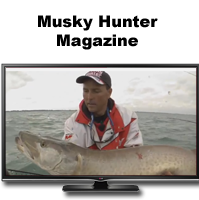
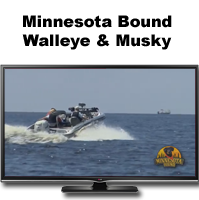
 Black Bear Hunt Photos
Whitetail Deer Hunting - Overview
Rifle: Non-Resident Deer Hunt
Bow: Non-Resident Deer Hunt
Resident Deer Hunt
Resident Baited Deer Hunt
Black Bear Hunt Photos
Whitetail Deer Hunting - Overview
Rifle: Non-Resident Deer Hunt
Bow: Non-Resident Deer Hunt
Resident Deer Hunt
Resident Baited Deer Hunt
 Whitetail Deer Hunt Photos
Wolf Hunting
Duck & Goose Hunting
Grouse Hunting
Whitetail Deer Hunt Photos
Wolf Hunting
Duck & Goose Hunting
Grouse Hunting
 Black Bear Hunt Photos
Whitetail Deer Hunting - Overview
Rifle: Non-Resident Deer Hunt
Bow: Non-Resident Deer Hunt
Resident Deer Hunt
Resident Baited Deer Hunt
Black Bear Hunt Photos
Whitetail Deer Hunting - Overview
Rifle: Non-Resident Deer Hunt
Bow: Non-Resident Deer Hunt
Resident Deer Hunt
Resident Baited Deer Hunt
 Whitetail Deer Hunt Photos
Wolf Hunting
Duck & Goose Hunting
Grouse Hunting
Whitetail Deer Hunt Photos
Wolf Hunting
Duck & Goose Hunting
Grouse Hunting



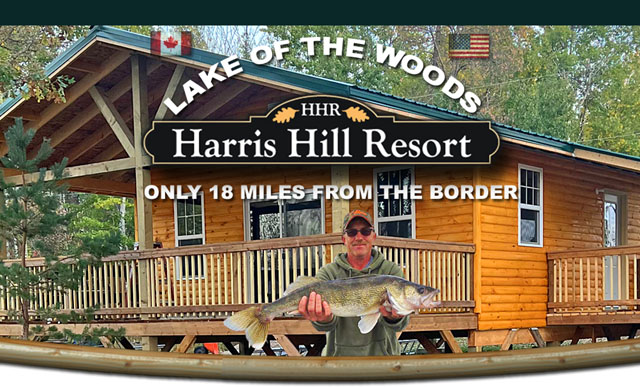
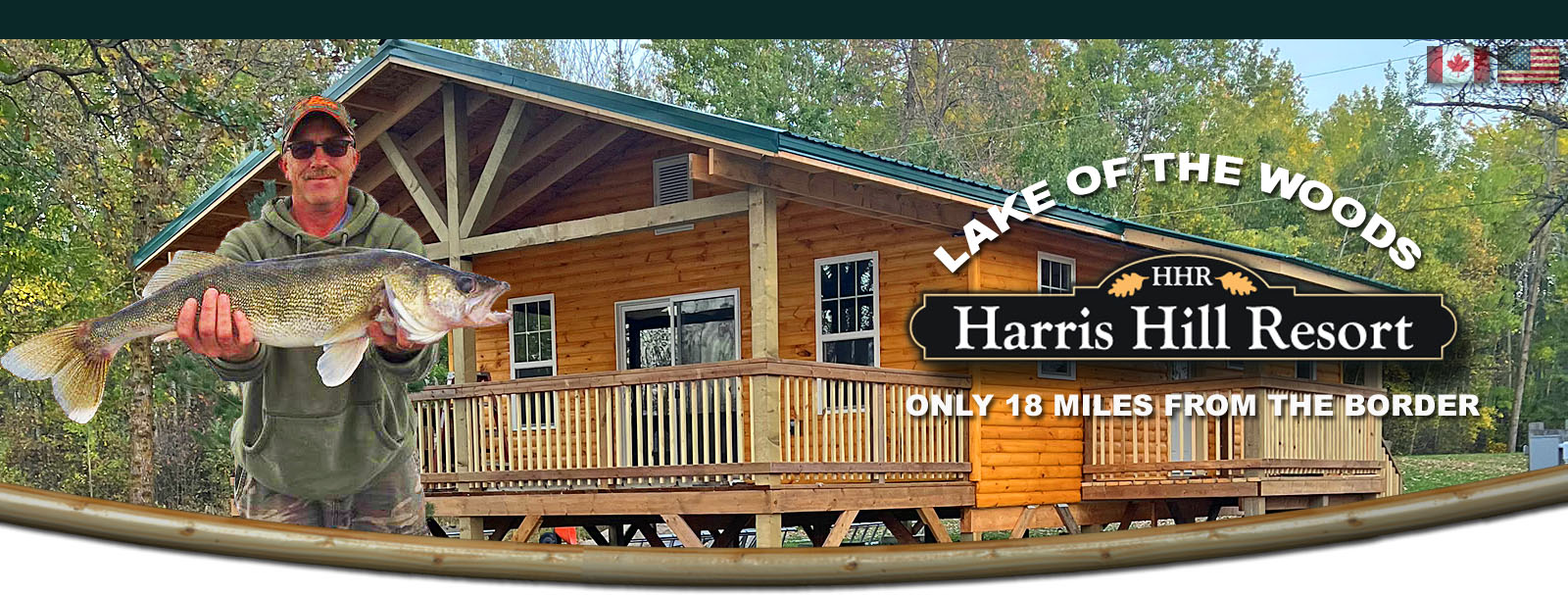
 In the late 1800s stories started emerging in newspapers of a ferocious fish the aboriginal Ojibwa people called the Maashkinoozhe. Because the word was so hard to pronounce they soon became known as Muskellunge and then Musky or Muskie for short. People from all walks of life that were obsessed with sports-fishing flocked to Lake of the Woods to catch one of these monsters. By the 1920s Lake of the Woods was established as the top Musky fishing destination in the world.
In the late 1800s stories started emerging in newspapers of a ferocious fish the aboriginal Ojibwa people called the Maashkinoozhe. Because the word was so hard to pronounce they soon became known as Muskellunge and then Musky or Muskie for short. People from all walks of life that were obsessed with sports-fishing flocked to Lake of the Woods to catch one of these monsters. By the 1920s Lake of the Woods was established as the top Musky fishing destination in the world.
 Musky are most often caught with specialized Musky Lures and using the "figure 8" technique. Muskie are often caught close by, around Snake Island & off the sand just on the other side of our Bay. Most of our bigger Muskie's have been caught around Gooseneck Island and Bigsby Island.
Musky are most often caught with specialized Musky Lures and using the "figure 8" technique. Muskie are often caught close by, around Snake Island & off the sand just on the other side of our Bay. Most of our bigger Muskie's have been caught around Gooseneck Island and Bigsby Island.



